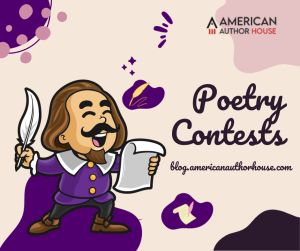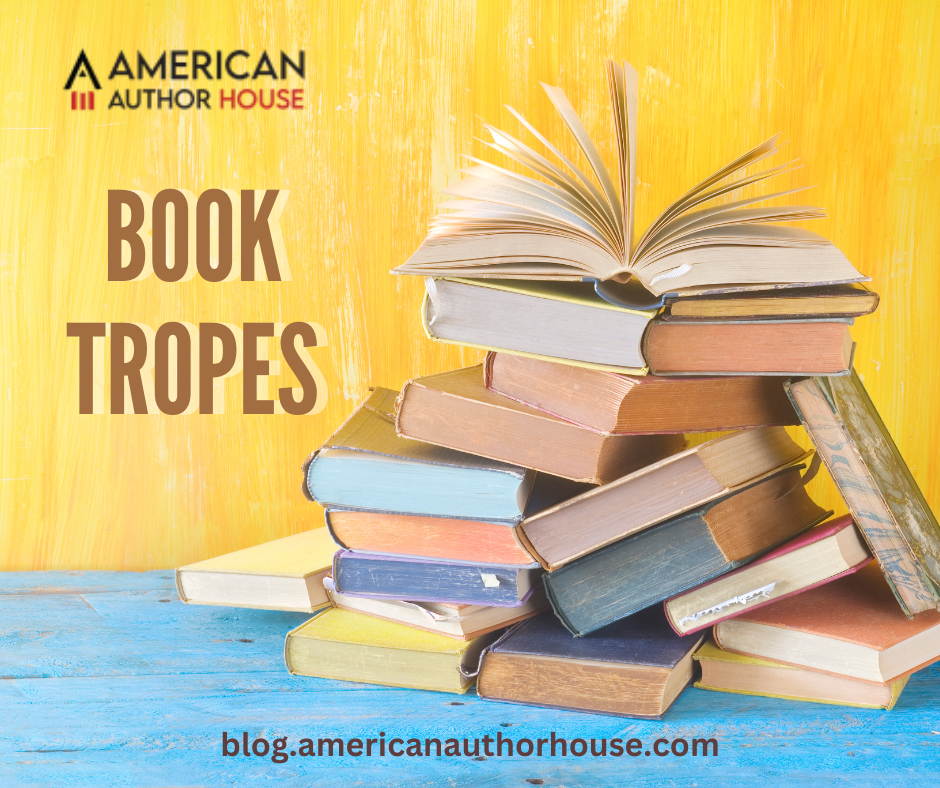
Books
When we open the pages of a novel or immerse ourselves in the world of literature, we often encounter familiar storytelling elements known as book tropes. These tropes are recurring themes, plot devices, or character archetypes that authors use to craft their narratives. That’s exactly what you’ll discover in this comprehensive list of common story elements used in books.
Comprehensive Compilation of Book Tropes
While we have endeavored to categorize these tropes by genre, it’s important to recognize that many transcend genre boundaries. Placing a trope under a particular heading should not restrict its application to other genres. A compelling narrative often involves blending multiple tropes to deliver a familiar and refreshingly new story. If you’re interested in exploring diverse tropes used in action and adventure books, you’ll find intriguing elements that can add depth to your storytelling.
Children’s literature, while imparting valuable life lessons, frequently employs these tropes in its shorter narratives. If you’re intrigued by the tropes used in children’s books, you’ll discover captivating elements that contribute to engaging and meaningful storytelling.
However, conducting thorough research is advisable, as certain tropes are expected and even demanded in specific genres, such as the requisite “happily ever after” in romance stories.
Action & Adventure Book Tropes
Tropes related to action and adventure can seamlessly weave into like Fantastic Fiction: Discovering the Best Fantasy and Sci-Fi Books, offering diverse storytelling elements:

Hidden Treasure: The pursuit of concealed riches or valuable artifacts.
Puzzle Solving: Characters crack intricate enigmas to progress in the plot.
Exotic Locations: Narratives that traverse unusual and captivating settings.
“Unbreakable” Codes: Often solved by the protagonist to advance the story.
Ancient Secrets: Uncovering long-buried mysteries from the past.
High Action: Intense and thrilling action sequences, from explosions and gunfights to car chases and hand-to-hand combat.
The Larger-Than-Life Threat: Stakes are monumental; failure could devastate a city, a country, or even the entire world.
Military Exploits: Common in action/adventure and thriller genres, these stories often revolve around a small group of professional soldiers. If you’re interested in crafting your own thrilling narratives, consider exploring the intricacies of dynamic characters. Creating characters that evolve and engage readers can elevate the impact of your storytelling.
The Love Interest: Typically, a key character contributes to the plot’s development.
Linear Plotlines: Storylines that unfold in a straightforward chronological order.
Black-and-White Morality: Characters and situations are often clearly defined as good or evil.
The MacGuffin: A plot device propelling the story’s progression, usually an object. The hero must find the MacGuffin(s) before the villain to save the world.
The Double-Cross: A trusted ally or side character betrays the protagonist by working for the enemy.
Bad Guys Who Can’t Aim: Antagonists frequently miss their mark when targeting the hero.
Children’s Book Tropes
Children’s literature, while imparting valuable life lessons, frequently employs these tropes in its shorter narratives:
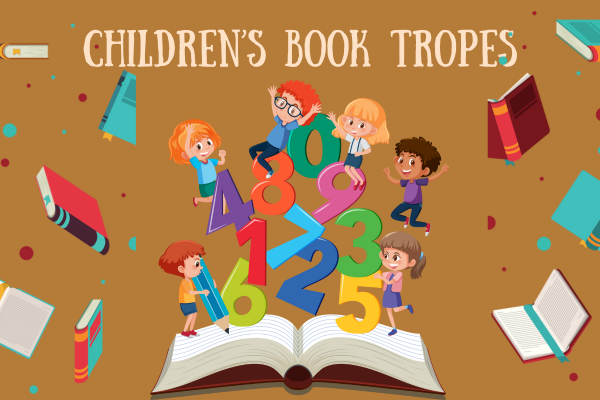
Talking Animals: Creatures with the gift of speech and wisdom.
The Power of Friendship: The narrative underscores the importance of camaraderie.
Appreciating Our Differences: Themes encompass diverse aspects, including race, preferences, and religious variances.
The Defective Animal: A hurt or deformed animal requiring care and compassion.
Dealing with Adversity: Often, the protagonist faces initial failures and ultimately succeeds on the third attempt.
Learning a New Skill: Mastering a new talent or ability.
Learning About Family: Typically, the introduction of a new sibling.
Learning to Share: Emphasizing the value of sharing and cooperation.
Loyalty: Characters exhibit unwavering allegiance to one another.
Dedication: The determination to achieve a particular goal.
Dealing with Anger: Exploration of powerful emotions, particularly anger.
Going to School: Adventures and challenges within an educational setting.
The Power of Imagination: Celebrating the boundless creativity of children.
The Power of Teamwork: Team efforts that yield positive outcomes.
Compassion: Characters display empathy and kindness.
Courage: The embodiment of bravery in the face of adversity.
Honesty: The value of truthfulness and integrity.
Growing Up: Narratives that explore the maturation process.
Dealing with Loss: Coping with the emotional challenges of loss and separation.
Contemporary Fiction Book Tropes
Contemporary fiction narratives often defy conventional genre boundaries, characterized by their nuanced exploration of modern life. While their tropes are diverse and not easily categorized, a few recurring themes and elements can be found in these literary works:

Set in the Present Day: These stories take place in the current time, reflecting the challenges and issues of the contemporary world.
Conflict Arises from Interpersonal Relationships: The central conflicts often stem from the complexities of human relationships.
Family Drama: Family dynamics and the intricate web of familial connections are frequently explored.
Coming of Age: Many contemporary fiction stories delve into the journey of self-discovery and personal growth.
Dealing with Real-World Issues: These works often tackle mental illness, addiction, sexual orientation, and abuse.
Open-Ended Endings: Conclusive resolutions are not always guaranteed, leaving room for interpretation and reflection.
Varied Plot Structures: These stories may lack a standard plot structure, embracing more experimental or character-driven narratives.
No Supernatural Elements: Unlike fantasy or science fiction, contemporary fiction usually features no otherworldly or supernatural elements.
A Death in the Family: Grief and loss are common themes explored in contemporary fiction.
Fantasy Book Tropes
Fantasy literature is known for its rich imagination and fantastical elements. Here are some common tropes frequently found in this genre:
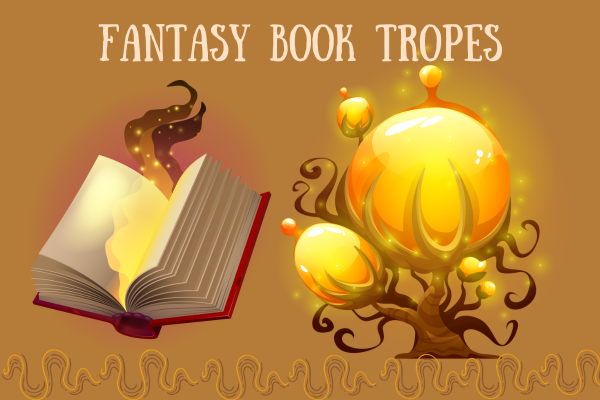
The Hero’s Journey (Quest): Many fantasy tales follow the classic hero’s journey, where the protagonist embarks on an epic quest.
Side Quests: Characters often encounter smaller tasks and challenges on their way to achieving their primary goal.
Medieval-Inspired Settings: Fantasy worlds may resemble Europe during the Middle Ages, with or without magic.
The Chosen One: The protagonist is often destined to save the world or their realm.
The Evil One: A formidable antagonist, often possessing supernatural powers, is a staple in fantasy.
The Mentor: An experienced guide aids the hero on their journey, sometimes a wise wizard or witch.
Powerful Artifacts: Magical items like swords, rings, and staffs play crucial roles.
Magical Creatures: Fantasy worlds are populated with fantastical beings.
Epic Storylines: High stakes, complex plots, and numerous characters are common in high fantasy.
Heir to the Throne: A character may discover their royal lineage and ascend to rule benevolently.
Best of the Best: Protagonists and antagonists often excel in their skills.
Unlikely Allies: Heroes may form alliances with former enemies to confront a common threat.
The Reluctant Hero: A protagonist is reluctantly drawn into an adventure they initially resist.
Rescued by the Cavalry: The arrival of help at a critical moment is a classic trope.
The Damsel in Distress: While less common today, this trope still appears occasionally.
The Training Sequence: Characters undergo training to hone their abilities.
Paying the Price: Victories in fantasy often come at a cost.
Horror Book Tropes
Horror literature thrives on evoking fear and dread. It encompasses various elements and tropes, including:
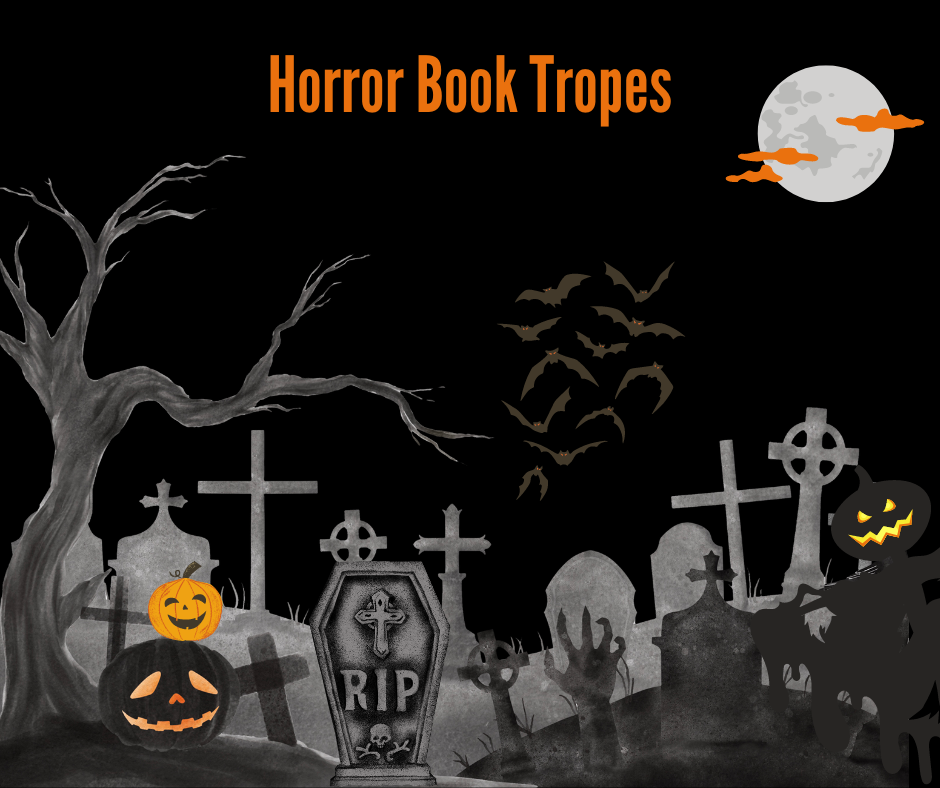
Mysterious Events and Death: Unexplained and deadly occurrences often drive the plot.
Cursed Items: Objects imbued with evil power are common.
Monsters: Many terrifying creatures, including original creations, can be found.
Aliens: Alien invasions and abductions are a source of terror in the horror genre.
Glowing Eyes: Eerie, glowing eyes often appear during tense, dark moments.
Human Malevolence: Not all threats are supernatural; human villains can be equally horrifying.
Nighttime Peril: Horror often unfolds under cover of darkness.
Paralyzed by Fear: Characters may find themselves immobilized when faced with terror.
The Antichrist: Apocalyptic themes and the threat of an evil entity are recurrent.
Cults and Religious Extremists: These groups often seek to unleash dark forces.
Lurking Darkness: Unseen terrors often hide in the shadows.
Traumatic Pasts: Past traumas may resurface to haunt characters.
Subverting Stereotypes: The genre may challenge the trope of the minority character dying first.
Severed Limbs: Characters may encounter grisly, severed body parts.
Loss of Mobility: A character tripping at the worst possible moment is a common source of tension.
Character Archetypes: Easily recognizable character types may populate horror stories.
Karmic Retribution: Evil deeds are swiftly punished in many horror narratives.
Deals with the Devil: Characters may make Faustian pacts for power.
Creepy Settings: Abandoned places, graveyards, and forests often serve as eerie backdrops.
Unhappy Endings: Horror allows for bleak conclusions, including the protagonist’s death.
World-Threatening Events: Horrors often involve scenarios where the world is in peril.
Resurrected Monsters: Defeated monsters may return to life in a final twist.
Romance Book Tropes
In romance stories, there are many different kinds to pick from, and most of them include these common themes:
Happy Ending: This is the most important one. Romance stories almost always end on a happy note.
Love Triangle: Three people, two possible love interests, and much drama.
Forced Proximity: When two characters are stuck together and fall in love.
Forbidden Love: Like Romeo and Juliet, but with a happier ending.
Enemies to Lovers: Characters who start by hating each other but eventually fall in love.
Fake Relationship: One person pretends to be in a relationship to solve a problem, but it turns real.
The Other Woman/Man: When someone is unfaithful, but there’s usually a good reason.
Incapable of Love: A character who’s given up on love until they meet someone special.
Love Is the Answer: Love can solve any problem.
The Pure and the Promiscuous: One character is inexperienced in love, and the other is very experienced.
Love at First Glimpse: Characters fall in love at first sight and then spend the story figuring things out.
Marriage of Convenience: Two people get married for practical reasons but eventually fall in love.
Unexpected Love Interest: The friend who’s been there all along is the real love interest.
Fated Mates: In paranormal romance, soulmates come together, often with a supernatural twist.
The Misunderstanding: A conflict in the story is usually caused by a simple misunderstanding.
What are the benefits of using book tropes through a professional writing service?
Professional writing services like American Author House offer numerous benefits when using book tropes. For example, ensures engaging plots, relatable characters, and consistent storytelling. This enhances reader satisfaction, broadens market appeal, and streamlines the writing process, ultimately leading to higher quality and more successful books.
Key Characteristics and Profound Details
| Genre | Tropes | Description |
|---|---|---|
| Action & Adventure | Hidden Treasure, Puzzle Solving, Exotic Locations, etc. | Tropes in this genre involve exciting elements like treasure hunts, enigmas, and thrilling locations. |
| Children’s Literature | Talking Animals, The Power of Friendship, etc. | These tropes focus on themes of friendship, diversity, and learning, suitable for younger audiences. |
| Contemporary Fiction | Set in the Present Day, Conflict Arises from Interpersonal Relationships, etc. | These stories are characterized by their modern settings and exploration of real-world issues. |
| Fantasy | The Hero’s Journey, Magical Creatures, Medieval-Inspired Settings, etc. | Fantasy tropes often include epic quests, magical elements, and medieval settings. |
| Horror | Mysterious Events and Death, Monsters, Glowing Eyes, etc. | Horror literature uses elements like unexplained events, terrifying creatures, and eerie settings to evoke fear. |
| Romance | Happy Ending, Love Triangle, Forbidden Love, etc. | Romance stories commonly feature tropes like happy endings, complex love dynamics, and emotional journeys. |
Conclusion
Book tropes are the building blocks of storytelling, shaping the narratives that captivate our imaginations. From the Hero’s Journey to the Rags to Riches tale, these recurring elements connect us to the timeless themes that define the human experience. As readers, recognizing and appreciating these tropes enhances our understanding of the stories we love and the authors who skillfully employ them.


